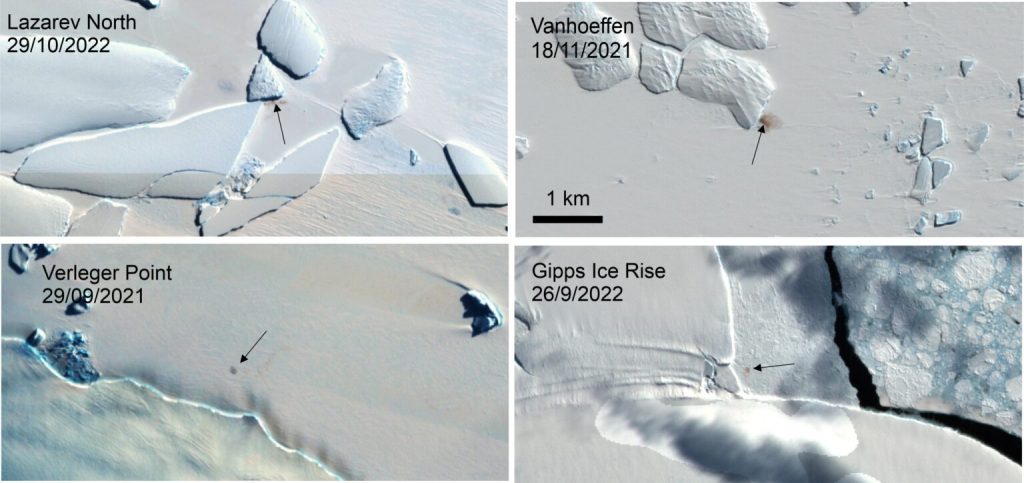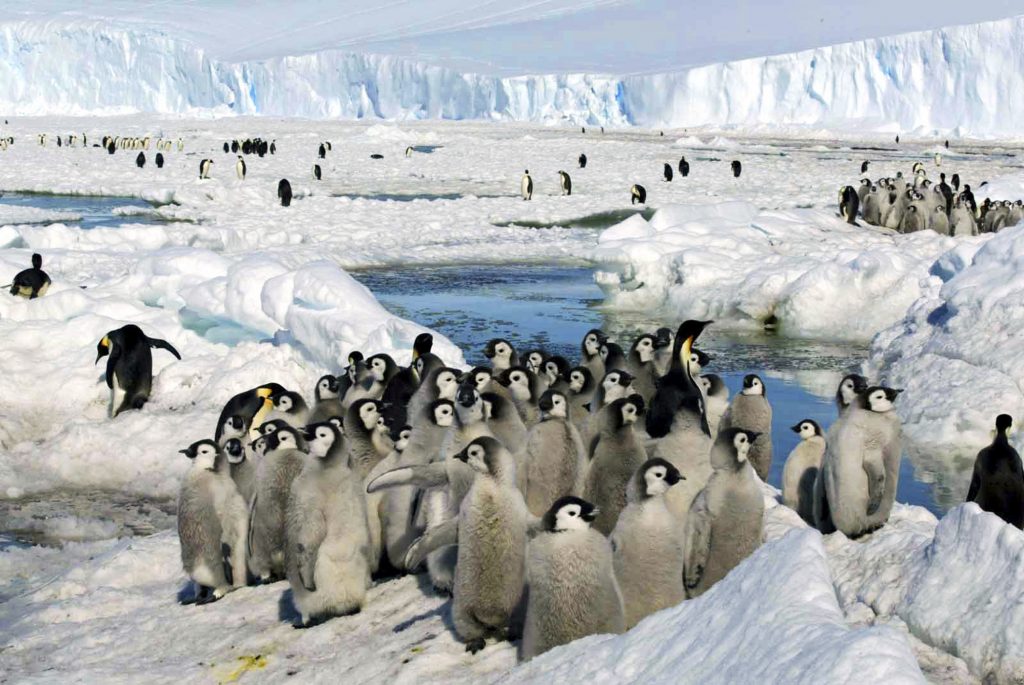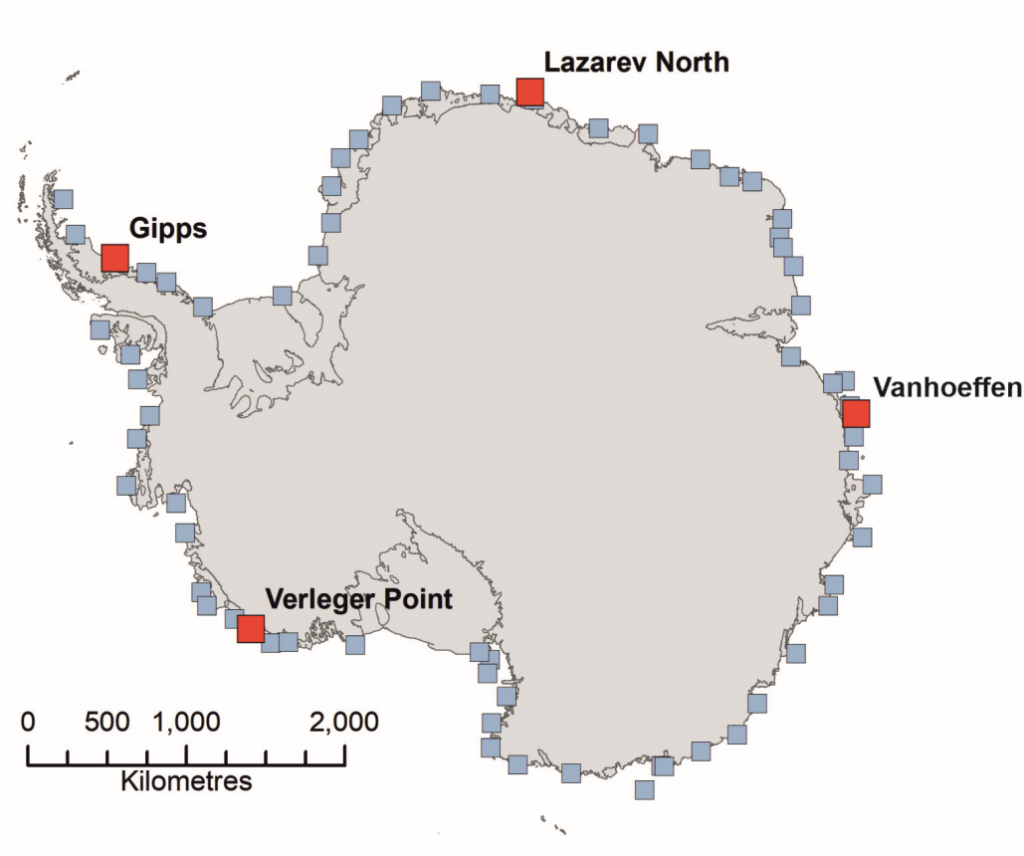Satellite spots four new emperor penguin colonies in Antarctica

Satellite imagery has identified four new emperor penguin colonies in Antarctica, bringing the total number known to 66.
“These newly identified locations fill in almost all the gaps in the known distribution of these iconic birds,” the British Antarctic Survey’s Peter Fretwell said in a statement.
Emperor penguin breeding sites are typically in harsh and hard-to-get-to areas so scientists rely on satellite imagery to monitor colonies, the British Antarctic Survey said.
The discoveries were made as scientists consulted satellite images in an effort to establish where penguins were relocating to when faced with unfavorable ice conditions essential for breeding.

“Changing sea ice conditions along Antarctica’s coastline have forced several emperor colonies to move in search of more stable sea ice to breed on; some known colonies have already moved 30-40km to new breeding grounds,” the British Antarctic Survey said in a news release.
“Scientists searched for these new sites using satellites and, in the process, discovered colonies which had never been recorded before.”
Guano leads to discovery
The discovery was made as scientists studied images from the European Commission’s Copernicus Sentinel-2 satellite mission.
The new colonies were identified by the highly-visible guano against the white snow on the pictures.
They shots were then cross-referenced and validated using detailed imagery captured by the Maxar WorldView-3 satellite.

The Lazarev Ice Shelf colony identified in the Dronning Maud Land region of Antarctica was of particular interest to scientists as it had previously been recorded as extinct in 2019.
“Although it has been noted several times in the satellite record, the colony has not been seen at this original site since 2014,” Fretwell said in an article on the Cambridge University Press site.
“It seems highly probable that the newly reported site is a movement of the old Lazarev colony, possibly due to the extension of the ice tongue or a change in sea-ice conditions. It was first seen at the new location in 2018, and although it is not visible in all images, it is visible in at least one image in 2019, 2020, 2021 and 2022.
“The newly reported Lazarev North colony is small, and although no very-high-resolution (VHR) imagery yet exists that would be suitable for estimating its population size, it seems unlikely to be as large as the 4,500 pairs estimated for the original site.”

Images suggest the colony at the Verleger Point site is made up of approximately 500 pairs; the Vanhoeffen site made up of approximately 5,000 pairs and Gipps Ice Rise approximately 200 pairs.
“All except one of these colonies are small with less than 1000 birds, so finding these new colonies makes little difference to the overall population size,” Fretwell said on the British Antarctic Survey site.
“In fact, it is overshadowed by the recently reported breeding failures due to the early and fast ice loss.”
In 2022, the Antarctic experienced a historic low in sea ice levels, particularly in the central and eastern Bellingshausen Sea.
This unprecedented event led to the first documented occurrence of widespread breeding failures among the emperor penguin population in the region.
Comments, tips or story ideas? Contact Eilís at eilis.quinn(at)cbc.ca
Related stories from around the North:
Antarctica: Study warns of increasing extreme events in Antarctica, Eye on the Arctic
Canada: 2023 was another bad year for chinook, fall chum salmon, Yukon River Panel hears, CBC News
United States: New research suggest some salmon species expanding their range in the Arctic, Eye on the Arctic



